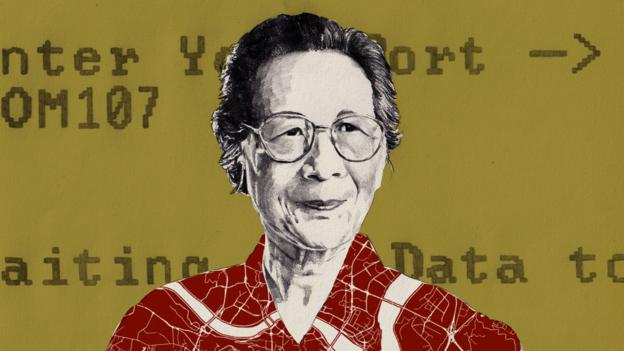The China that she and Yang returned to, however, was a changed one.
In 1949, the Chinese Communist Party (CCP) had prevailed over the Kuomintang party (Chinese Nationalist Party) in the Chinese Civil War, driving the Republic of China to Taiwan and replacing it with People’s Republic of China led by Mao Zedong. In the wake of the Second Sino-Japanese War and the transfer of political parties, China’s economy, industry, and infrastructure was languishing and lagging behind many Western nations.
The Second Sino-Japanese War had hit the country particularly hard. “In essence, all institutions of higher learning, all centres of finance, the main centre of industrial production and the government of China has fled, first to the city of Wuhan, and then after Wuhan [was] lost, to the city of Chongqing in [the] more remote and much poorer area of Sichuan,” says Tom Mullaney, historian at Stanford University and author of the forthcoming book The Chinese Computer. “[The government of China is] basically living a kind of survival existence, but it’s definitely not in any kind of position to invest in electrical engineering, weapon design, and so forth.”
When the CCP came to power, they attempted to rebuild the lost infrastructure, but it wasn’t easy. The US had supported the defeated Kuomintang party in the Chinese Civil War, and they, along with other capitalist nations in the West, denied the newly formed communist country assistance and exports. Mao and the CCP turned to their Soviet neighbours to the north. Seeing an opportunity to bring China into the communist block in the East, the Soviet Union entered into a partnership with China, agreeing to assist China in bolstering its economy, science and technology, including computing.


